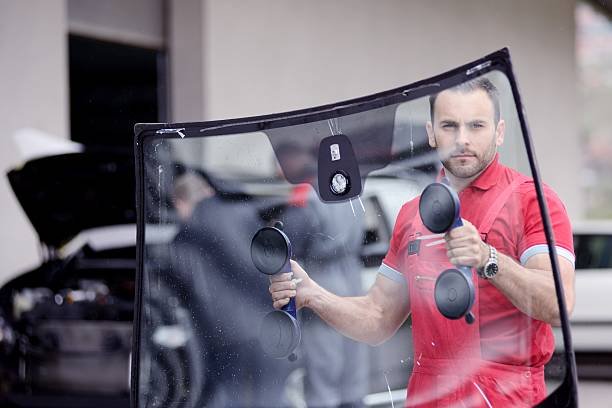Benefits of Laminated Glass
Safety : The biggest plus of laminated glass is its safety features. Because it doesn't shatter, it helps prevent injuries from glass shards in accidents. It also adds an extra layer of protection because it's tougher for objects to break through the glass and hit passengers. This resilience underscores the critical role of auto glass in enhancing driving safety and highlights why auto glass repairs enhance safety, reinforcing the importance of timely maintenance and repairs for safeguarding passenger well-being.
Security : Laminated glass is harder to break, which means it's also a deterrent for thieves trying to get into your car through the windshield.
Noise Reduction: The layer of PVB is not just good for safety, it also helps reduce noise from outside, making your ride quieter.
UV Protection : Laminated glass can block most of the sun's harmful UV rays, protecting you and the car's interior from sun damage.

